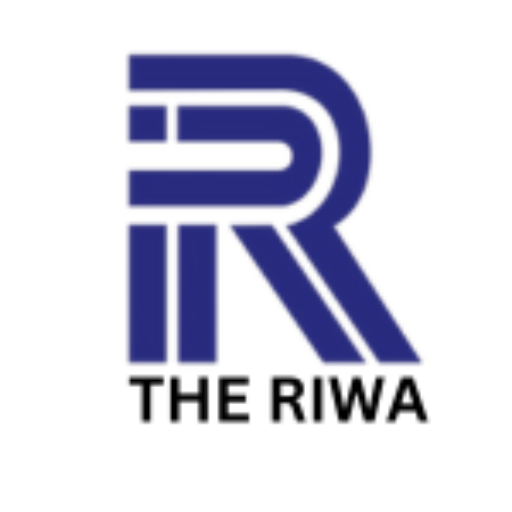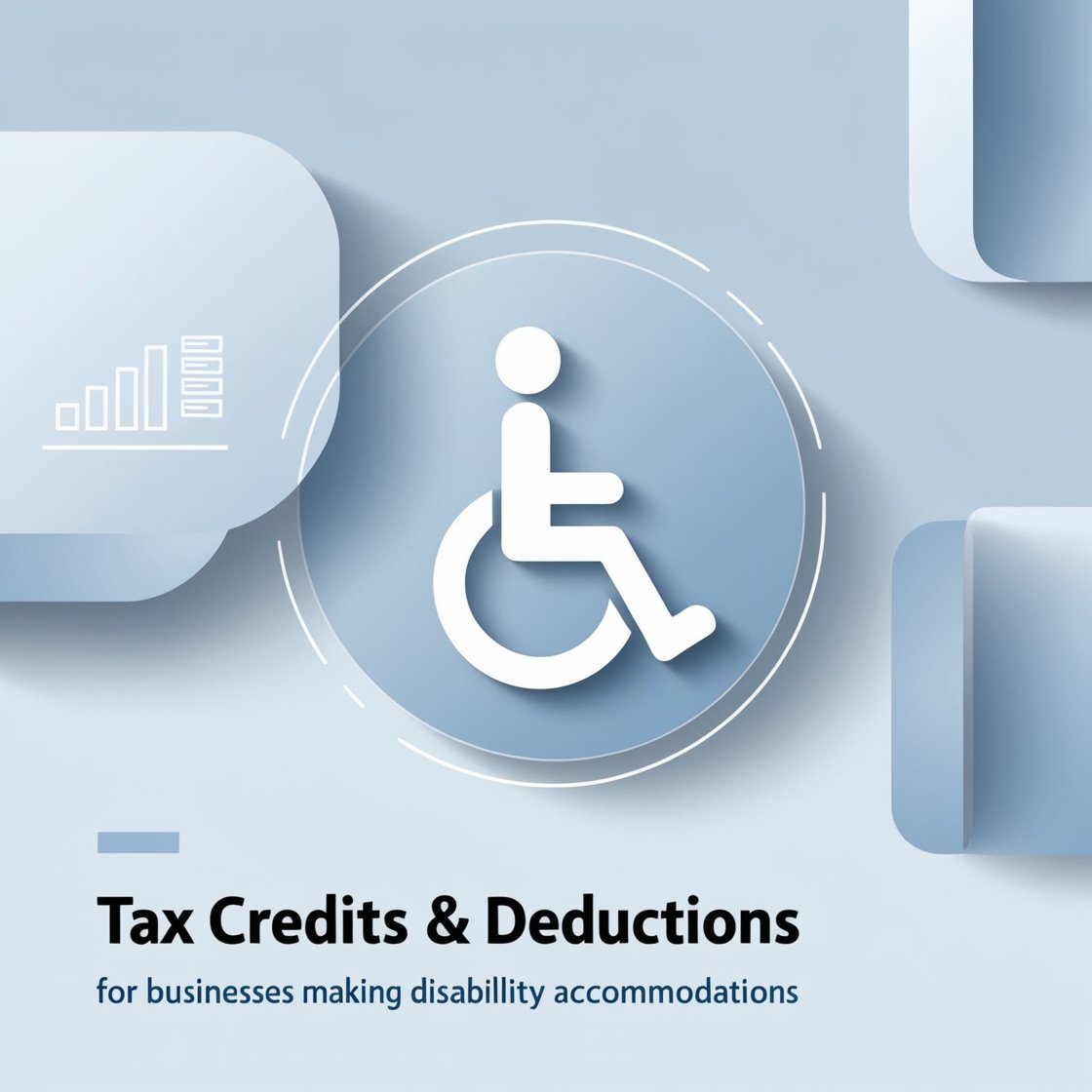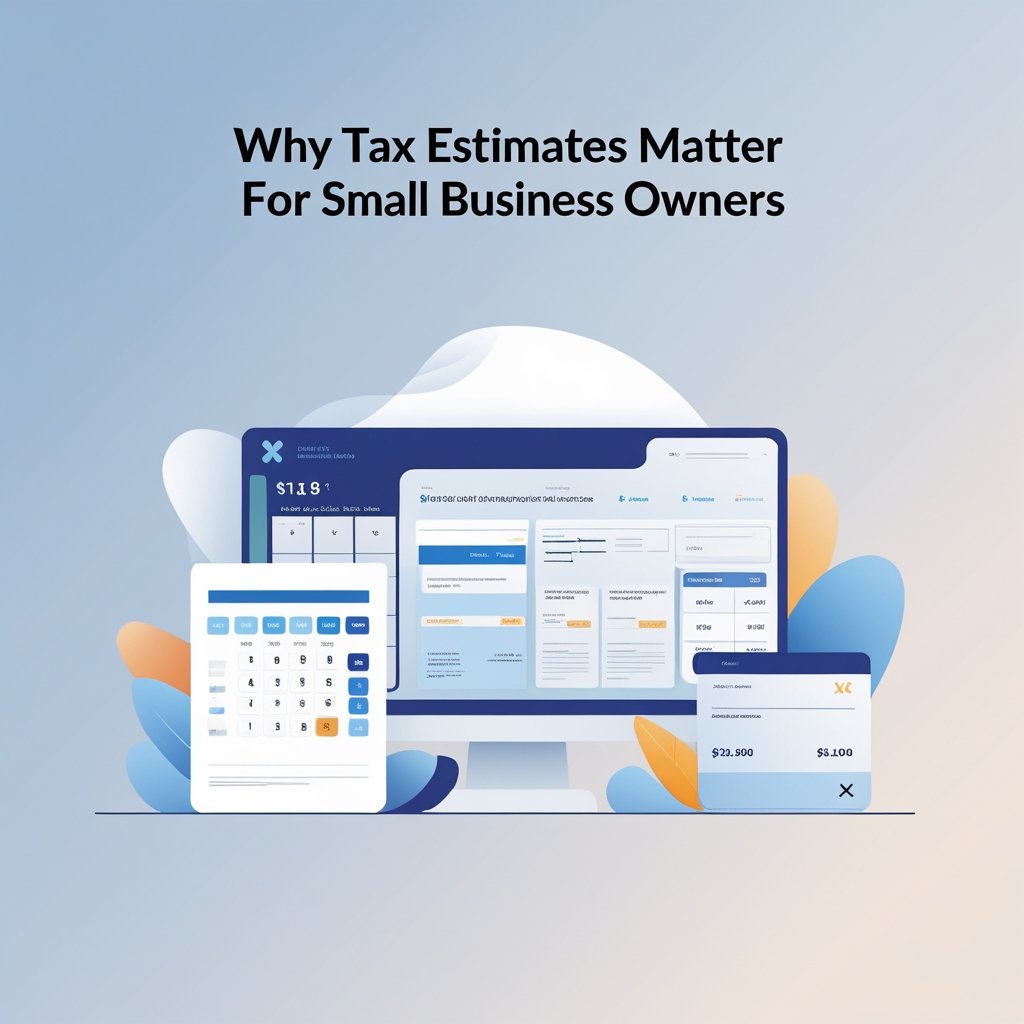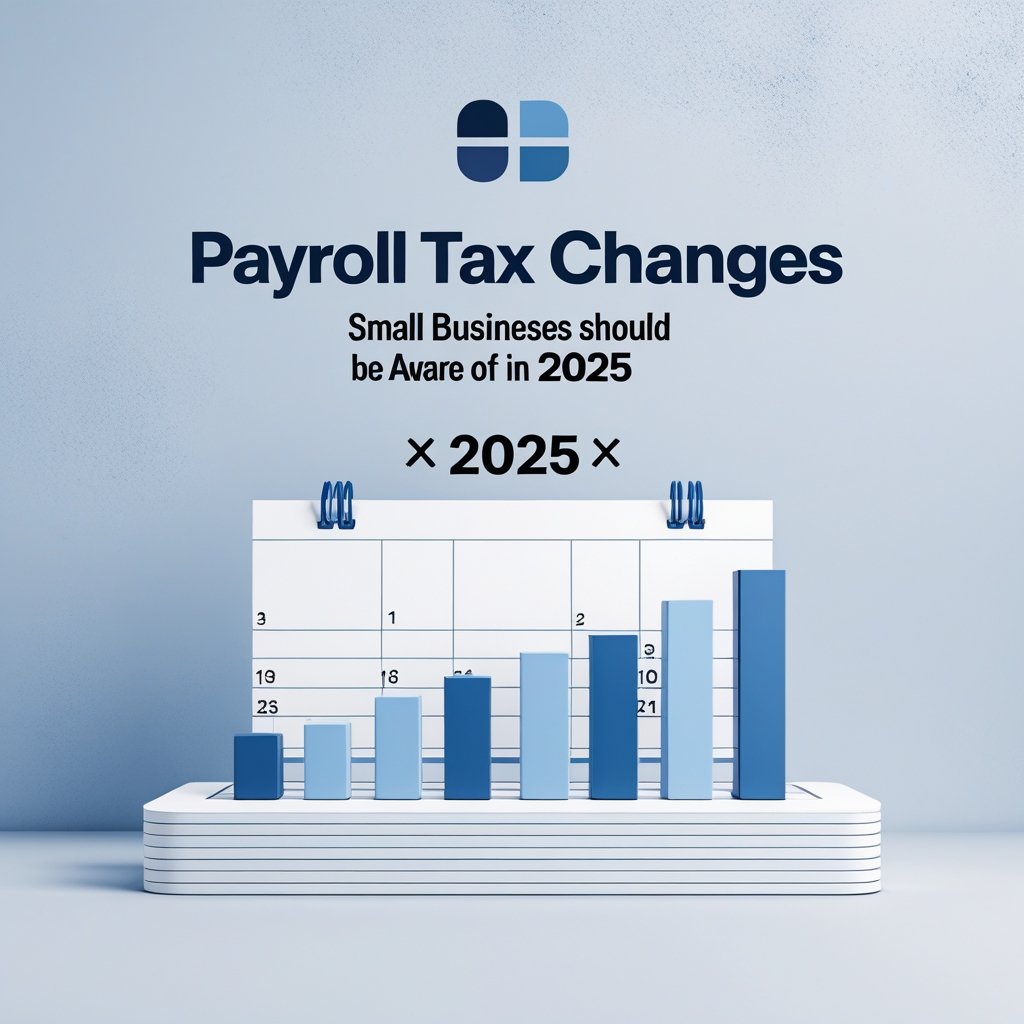Creating an inclusive work environment not only benefits individuals with disabilities but also enriches a business’s culture and customer experience. Beyond these benefits, the government offers tax incentives to encourage businesses to invest in accessibility. These tax credits and deductions help reduce the financial burden on businesses that accommodate employees or customers with disabilities. Here’s a look at the primary tax incentives available and how they can support your efforts to make your business more accessible.
- Disabled Access Credit (DAC)
The Disabled Access Credit (DAC) is designed to help small businesses improve accessibility for individuals with disabilities. Here’s how it works:
- Eligibility: Businesses are eligible for this credit if they had gross receipts of $1 million or less in the previous year or employed 30 or fewer full-time employees.
- What It Covers: The DAC covers expenses related to providing access for people with disabilities. Eligible expenses include the removal of physical barriers, modifying equipment, providing accessible formats for materials, and hiring interpreters or readers.
- Credit Amount: Businesses can claim 50% of eligible expenses over $250, up to a maximum of $10,250 per year. This results in a maximum tax credit of $5,000 annually.
- How to Claim: Businesses claim the DAC using IRS Form 8826. Be sure to keep records of all expenses for documentation.
The DAC can significantly reduce the costs of making accessibility modifications, making it an excellent incentive for small businesses to create a welcoming environment for employees and customers with disabilities.
- Architectural Barrier Removal Tax Deduction
This deduction provides financial relief for businesses of all sizes when they remove physical barriers that impede access for individuals with disabilities.
- Eligibility: All businesses can take advantage of this deduction, regardless of size or revenue. There are no restrictions based on the number of employees or gross receipts.
- What It Covers: The deduction applies to expenses associated with removing physical, structural, or transportation barriers to accessibility. Common modifications include installing ramps, widening doorways, making restrooms accessible, and modifying parking areas.
- Deduction Amount: Businesses can deduct up to $15,000 per year for expenses related to removing barriers.
- How to Claim: The deduction is taken as a business expense on the company’s tax return. Keep records of your expenses in case of an audit or verification process.
The Architectural Barrier Removal Tax Deduction, combined with the DAC for eligible small businesses, can offset a large portion of accessibility-related expenses, making compliance with the Americans with Disabilities Act (ADA) more affordable.
- Work Opportunity Tax Credit (WOTC)
While not exclusively for accessibility accommodations, the Work Opportunity Tax Credit (WOTC) encourages businesses to hire individuals from various target groups, including people with disabilities. This credit can make hiring and supporting individuals with disabilities more financially feasible.
- Eligibility: Businesses that hire employees from targeted groups, including individuals with disabilities who have been referred through a state vocational rehabilitation agency, the Department of Veterans Affairs, or a Ticket to Work Employment Network, may qualify for the WOTC.
- What It Covers: The WOTC provides a credit for wages paid to eligible employees, making it more financially appealing for businesses to hire from underrepresented groups.
- Credit Amount: Depending on the employee’s target group and hours worked, the WOTC provides a tax credit of up to $2,400 to $9,600 per eligible employee.
- How to Claim: To claim the WOTC, businesses must file IRS Form 8850 with their state workforce agency within 28 days of the employee’s start date. Additional documentation may be required, depending on the specific group.
By utilizing the WOTC, businesses can support a more diverse workforce and reduce their tax liability while fostering opportunities for individuals with disabilities.
- Energy Efficiency Tax Credits for Accessibility Enhancements
Some accessibility upgrades, such as energy-efficient lighting or HVAC modifications, may also qualify for energy efficiency tax credits. These can be valuable if your business is making energy-efficient improvements in addition to accessibility updates.
- Eligibility: Businesses undertaking energy-efficient building upgrades, such as energy-efficient windows, HVAC systems, or lighting, may qualify for these credits, especially if these changes also improve accessibility.
- Credit Amount: Credits vary depending on the project and region, as energy-efficient upgrades often qualify for state and federal incentives. Check with your state’s energy office or consult a tax professional for more specific information.
By integrating energy-efficient improvements into accessibility projects, businesses may qualify for additional savings through energy tax credits.
- Utilize State and Local Accessibility Grants and Credits
In addition to federal tax credits, many states offer financial incentives, grants, or loans for businesses making accessibility modifications. These programs vary widely by state but can provide meaningful support for businesses seeking to become more inclusive.
- Types of Support: State and local programs may include grants for small business accessibility upgrades, tax credits for hiring individuals with disabilities, or low-interest loans for ADA compliance improvements.
- Where to Find Them: Check your state’s Department of Revenue, Office of Disability Services, or local chamber of commerce. Some municipalities also have programs designed to assist businesses with accessibility compliance.
Combining federal, state, and local programs can make accessibility improvements more affordable, providing a layered approach to financial support.
- Combining Credits for Maximum Savings
Businesses eligible for multiple accessibility-related credits and deductions can often combine these tax incentives to maximize their savings. For instance:
- Combine the DAC and Architectural Barrier Removal Deduction: Small businesses can use both the Disabled Access Credit and the Architectural Barrier Removal Deduction in the same year, covering different accessibility-related expenses.
- Pair WOTC with Accessibility Credits: If your business hires employees with disabilities, you may qualify for the WOTC in addition to accessibility credits. This combination rewards businesses for creating both inclusive workplaces and accessible physical spaces.
Consult with a tax professional to determine how to combine these credits and deductions effectively to maximize your tax savings.






